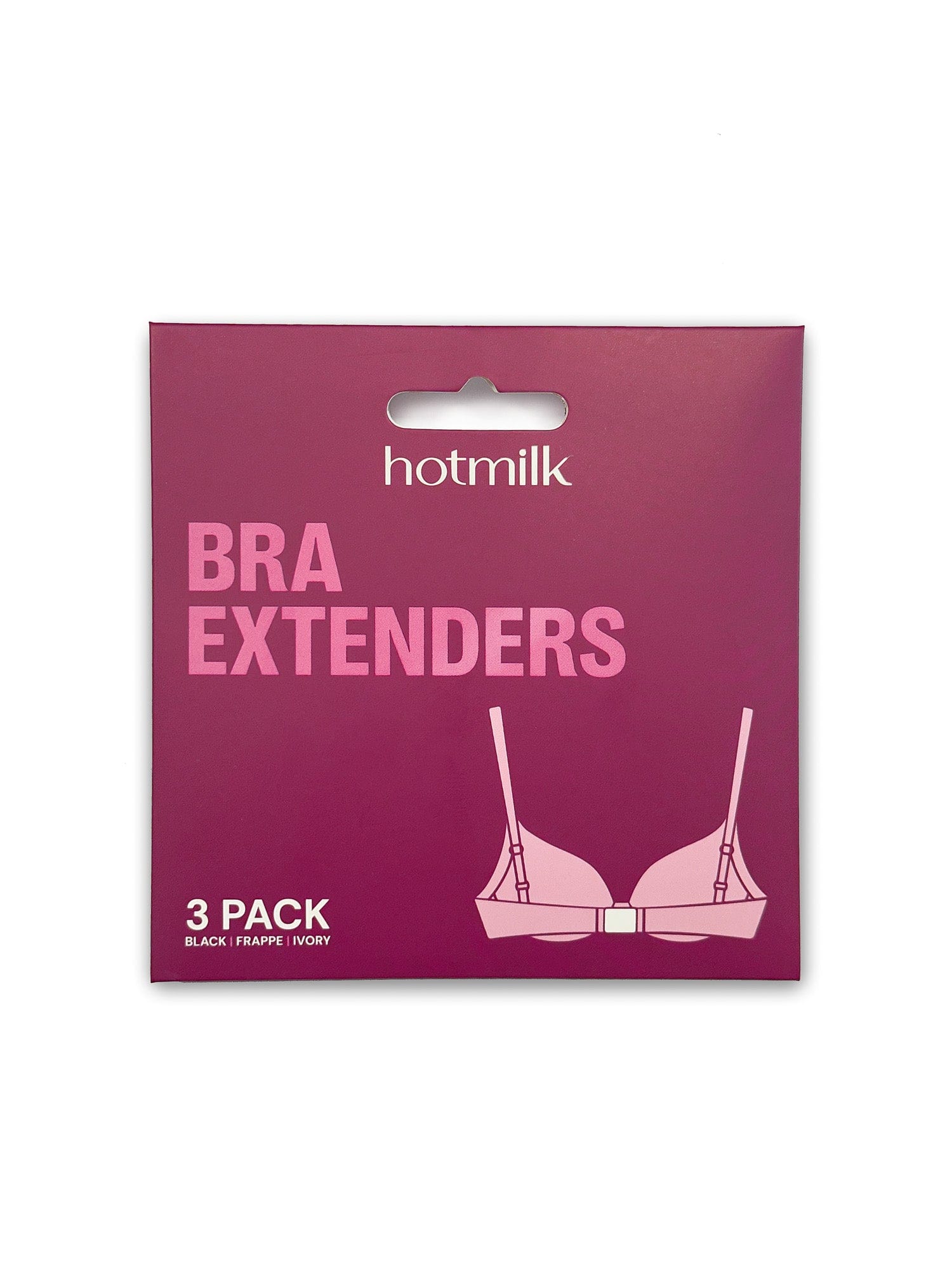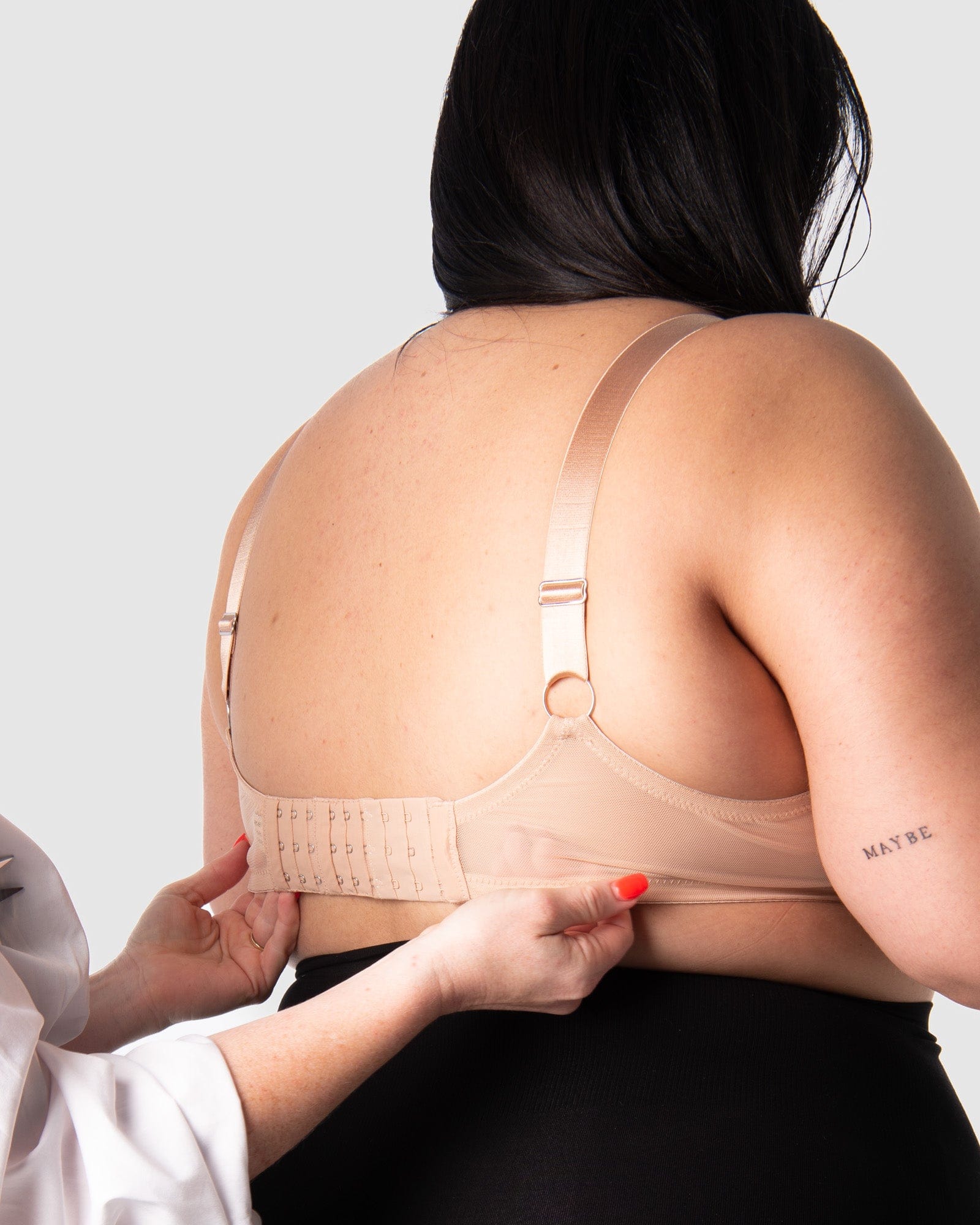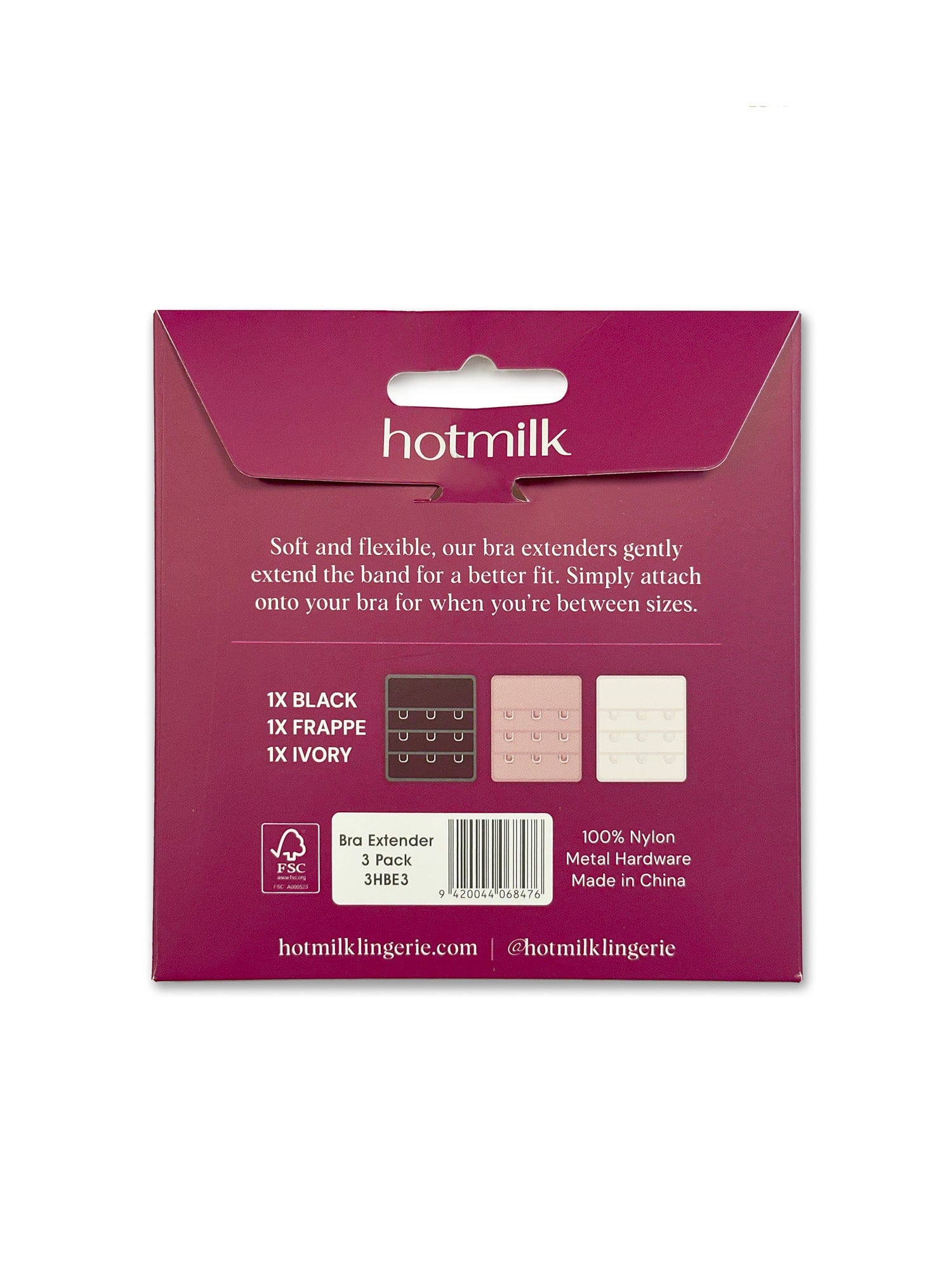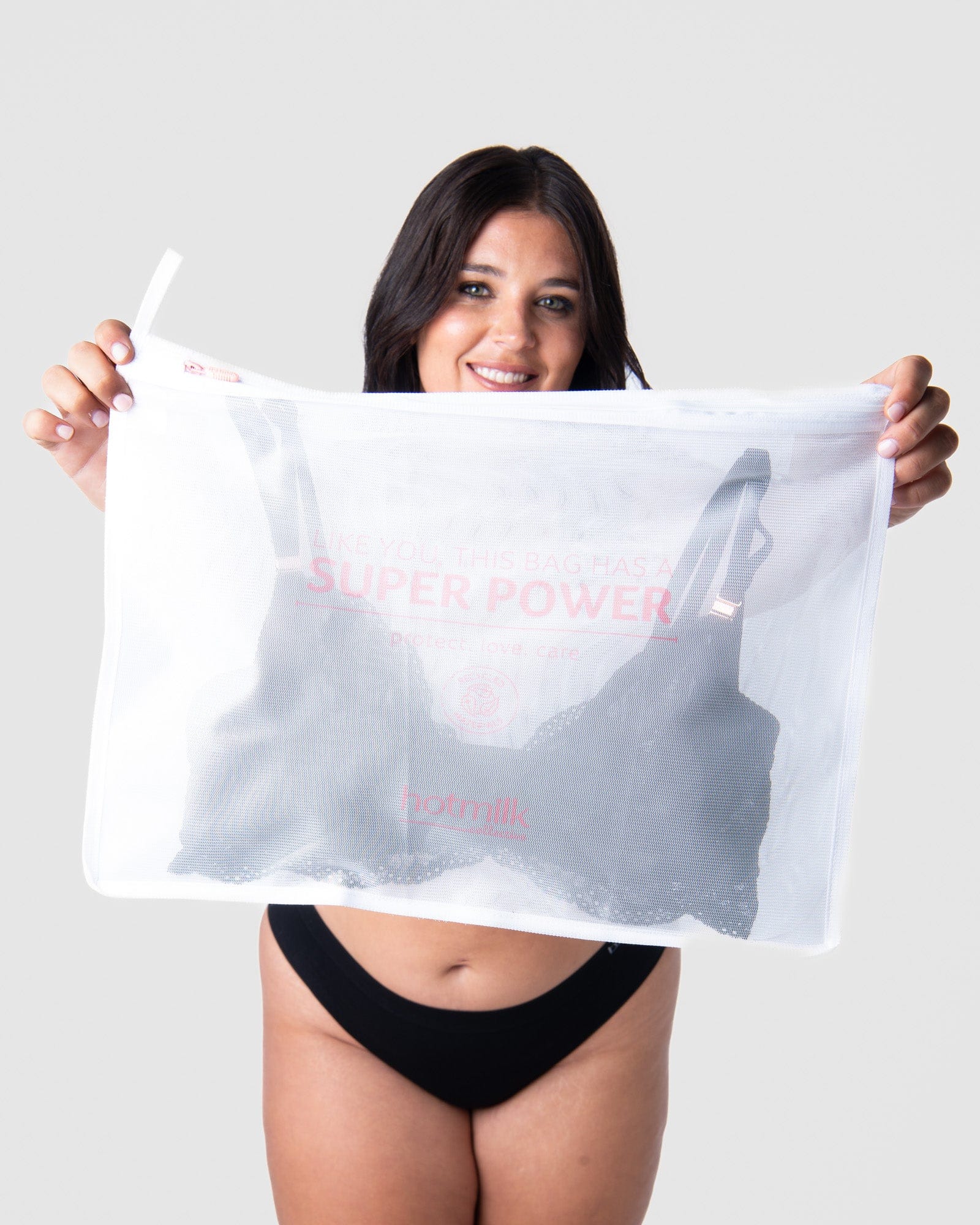Check your breasts every month
Breast cancer is the most common cancer in women worldwide, with approximately 1.7 million new cases diagnosed every year (second most common cancer overall). It is the fifth most common cause of death from cancer in women.
Did you know? Breast cancer risk doubles each decade until menopause, after which the increase slows. However, breast cancer is more common after menopause.
In saying this, it’s so important to check your breasts every month no matter what age you are. While mammograms can help you to detect cancer before you feel a lump, self-breast examinations help you to familiarize yourself with how your breasts look and feel so you can alert your healthcare professional if there are any changes. Changes can be many things including appearance and the way things feel.
How to check your breasts
1) In the Shower
Using the pads of your fingers, move around your entire breast in a circular pattern moving from the outside to the center, checking the entire breast and armpit area. Check both breasts each month feeling for any lump, thickening, or hardened knot. Notice any changes and get lumps evaluated by your healthcare provider.
2) In Front of a Mirror
Visually inspect your breasts with your arms at your sides. Next, raise your arms high overhead.
Look for any changes in the contour, any swelling, or dimpling of the skin, or changes in the nipples. Next, rest your palms on your hips and press firmly to flex your chest muscles. Left and right breasts will not exactly match—few women's breasts do, so look for any dimpling, puckering, or changes, particularly on one side.
3) Lying Down
When lying down, the breast tissue spreads out evenly along the chest wall. Place a pillow under your right shoulder and your right arm behind your head. Using your left hand, move the pads of your fingers around your right breast gently in small circular motions covering the entire breast area and armpit.
Use light, medium, and firm pressure. Squeeze the nipple; check for discharge and lumps. Repeat these steps for your left breast.
Breast Cancer Signs and Symptoms
Most people who discover signs and symptoms of breast cancer will initially notice only one or two, and the presence of these signs and symptoms do not necessarily mean that you have breast cancer. Did you know that 8 out of 10 lumps are not cancerous.
However, its imperative that every person knows the signs and symptoms of breast cancer, and any time an abnormality is discovered, it should be investigated by a healthcare professional.
A change in how your breast or nipple feels
- Nipple tenderness, a lump or thickening in or near the breast or underarm area
- A change in the skin texture or an enlargement of pores in the skin of the breast (some describe this as similar to an orange peel’s texture)
- A lump in the breast (It’s important to remember that all lumps should be investigated by a healthcare professional, but not all lumps are cancerous.)
A change in your breast or nipple appearance
- Any unexplained change in the size or shape of the breast
- Dimpling anywhere on the breast
- Unexplained swelling of the breast (especially if on one side only)
- Unexplained shrinkage of the breast (especially if on one side only)
- Recent asymmetry of the breasts (Although it is common for women to have one breast that is slightly larger than the other, if the onset of asymmetry is recent, it should be checked.)
- Nipple has changed and has turned slightly inward or inverted
- Skin of the breast, areola, or nipple has become scaly, red, or swollen or may have ridges or pitting resembling the skin of an orange
Any nipple discharge—particularly clear discharge or bloody discharge
It is also important to note that a milky discharge that is present when a woman is not breastfeeding should be checked by her doctor, although it is not linked with breast cancer.
When should I start having Mammograms?
Frequency can vary between countries depending on what age you are. Most countries recommend having a Mammogram every year between the ages of 40 – 55 years, however some will recommend regular Mammograms up to age 70.
Many countries will fund regular mammograms between certain ages to encourage people to get checked.
Mammography can detect tumors before they can be felt, so screening is key for early detection. However, it’s still important to combine these checks with regular self-breast examinations so if anything changes between mammograms, things can be picked up early.
The most important thing to remember is that if you notice any changes or feel anything different in your breast, make sure you contact your doctor and get things checked out. Better to be safe than sorry.


















